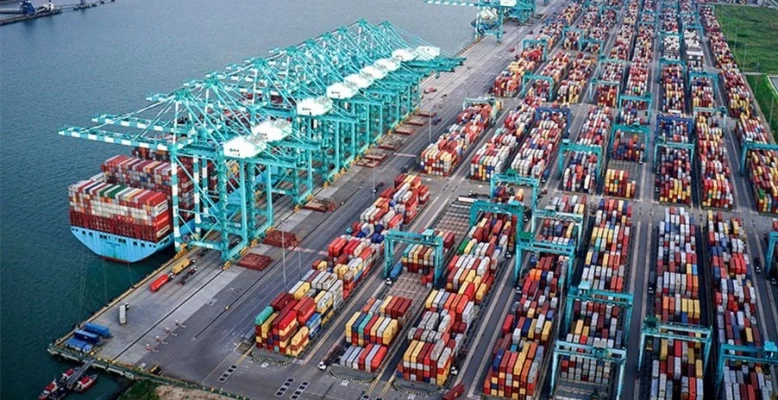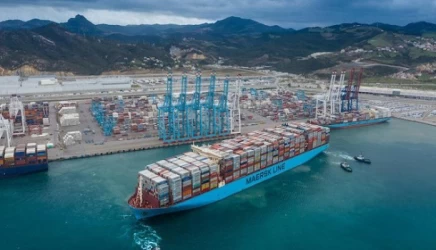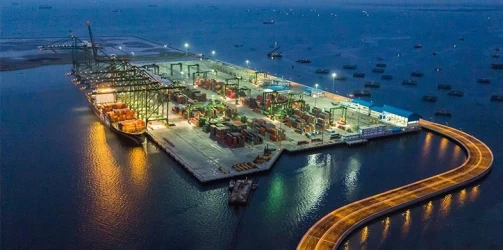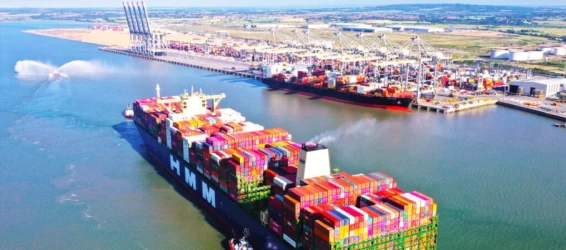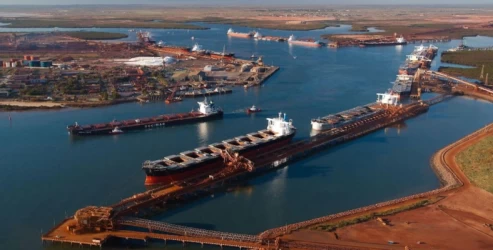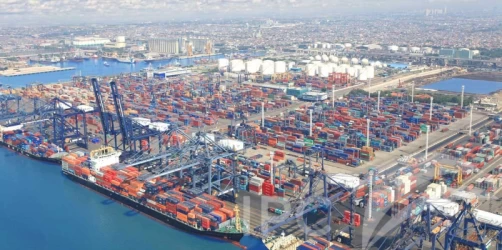Sea Freight at Tanjung Pelepas Port
The Port of Tanjung Pelepas (PTP), located in Johor, Malaysia, is one of the world’s most advanced and strategically positioned container ports. Since its inauguration in 2000, PTP has rapidly grown to become a key player in global sea freight, leveraging its prime location at the southern tip of the Malaysian peninsula, near the Strait of Malacca.
Strategic Location and Connectivity
PTP’s strategic location offers direct access to one of the busiest maritime routes in the world, the Strait of Malacca. This positioning allows for minimal deviation time for shipping lines, making it an attractive hub for transshipment activities. The port is well-connected by road and rail, linking it to major industrial and commercial centers in Malaysia and beyond.
Facilities and Infrastructure
PTP boasts state-of-the-art facilities designed to handle large volumes of container traffic efficiently. The port features 14 berths with a total wharf length of 5 kilometers and a container yard spanning 1.2 million square meters. The yard includes around 240,000 TEU in storage space, 48,374 ground slots, and 5,080 reefer points for refrigerated containers.
The port is equipped with 66 Super Post-Panamax quay cranes, capable of handling the largest container ships in operation today. These cranes, along with 174 rubber-tired gantry cranes and 498 prime movers, ensure smooth and efficient cargo handling.
Operational Efficiency
One of PTP’s standout features is its operational efficiency. The port has consistently handled increasing volumes of container traffic without significant congestion. In May 2024, PTP reported a record monthly throughput of 1.078 million TEU, highlighting its capacity to manage high volumes effectively.
Environmental and Safety Standards
PTP is committed to maintaining high environmental and safety standards. The port has implemented various measures to minimize its environmental impact, including waste management protocols and initiatives to reduce carbon emissions. In 2020, PTP successfully managed the repatriation of 1,864 tones of toxic electric arc furnace dust, demonstrating its commitment to environmental responsibility.
Economic Impact
The port plays a crucial role in Malaysia’s economy, contributing significantly to the country’s GDP through its operations. It serves as a vital gateway for Malaysian exports and imports, facilitating trade with major global markets. The port’s free trade zone further enhances its attractiveness by offering various incentives to businesses, including tax exemptions and streamlined customs procedures.
Future Prospects
Looking ahead, PTP has ambitious plans for expansion. The port’s master plan envisions the development of over 95 berths with a terminal handling capacity of 150 million TEU per year. This expansion will further solidify PTP’s position as a leading global transshipment hub and support Malaysia’s economic growth.
Sea Freight Between Tanjung Pelepas and Iran
Sea freight between the Port of Tanjung Pelepas (PTP) in Malaysia and Iran, particularly to ports like Chabahar, plays a crucial role in facilitating trade between Southeast Asia and the Middle East. The strategic location of PTP near the Strait of Malacca allows for efficient transshipment and connectivity to major global shipping routes. This route, spanning approximately 3,515 nautical miles, typically takes around 14.6 days at sea.
Conclusion
The Port of Tanjung Pelepas stands as a testament to Malaysia’s strategic vision and commitment to excellence in maritime logistics. Its advanced facilities, strategic location, and operational efficiency make it a pivotal player in global sea freight. As PTP continues to expand and innovate, it is poised to play an even more significant role in the future of international trade.
if you have a specific question or need more details about Tanjung Pelepas Port, Iran's logistics experts are your answer!

